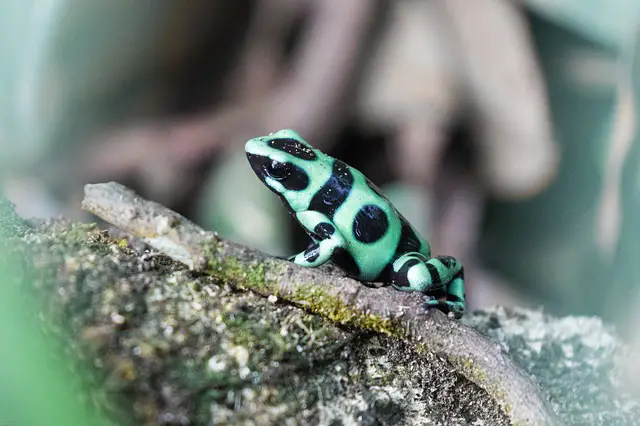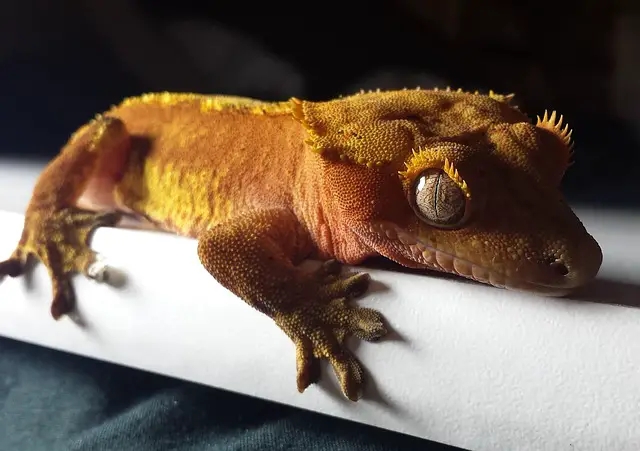Monitors, also known as monitor lizards, are a family of reptiles native to Africa and Asia. These ancient creatures come in all shapes and sizes, from the tiny Namaqua Dwarf Monitor to the massive Komodo Dragon. But they all have in common their ability to change color. So how do these lizards do it? First, look closely at the science behind monitor lizard color-changing abilities.
Can monitor lizards change color?
Monitor lizards have developed a unique ability to evolve and adapt to their environment based on sensory experiences.
This includes the lizard’s capacity to alter its skin color, ranging from bright yellowish-green to almost black depending on the environmental conditions.
Monitor lizards accomplish this fantastic feat by manipulating their specialized chromatophore cells, which can reflect and absorb light of different wavelengths.
This incredible changeability allows monitor lizards to hide in plain sight and successfully avoid predation or capture.
Despite the widespread belief that they change color due to emotions or moods, such claims have never been proven scientifically and are considered unfounded.
The Science Behind Monitor Lizard Color Change
It all comes down to specialized cells in the skin called chromatophores.
These cells contain pigments that absorb light, giving the lizard its color, and when stimulated by hormones or other signals from the brain, they can contract or expand to make the lizard appear darker or lighter.
This allows them to change colors depending on their environment or mood quickly. For example, if a monitor lizard feels threatened, it will darken its body color to blend in with its surroundings and appear less visible.
It may also raise its scales like spikes if it feels particularly threatened.
Communication
Another way monitor lizards can use their color-changing abilities is for communication purposes. For example, they can alter their coloration to display aggression towards another lizard or signal submission if they feel threatened by a larger animal.
Some species can even use different colors during courtship rituals as part of mating displays.
Countershading
Monitor lizards also have what’s known as countershading, which helps them blend into their environment even further; this involves having a lighter underside than the top side so that they appear less visible when viewed from above or below.
This camouflage has evolved over millions of years and is especially useful for lizards living in areas with high levels of predation, such as deserts or rainforests.
Conclusion
Monitor Lizards are incredibly fascinating creatures with excellent color-changing abilities. In addition, their chromatophores allow them to quickly adapt to their environment for camouflage or courtship displays, while countershading provides an extra layer of protection against predators.
As pet owners, we should take special care not to stress our monitor lizards out too much, so they don’t feel the need to use their impressive camouflage skills. However, understanding more about these incredible reptiles can help us provide better care for our beloved pets.









